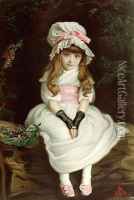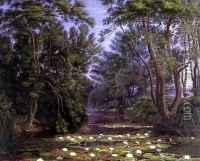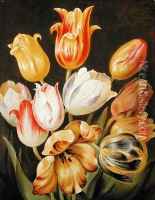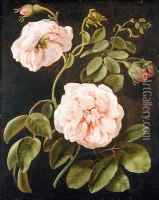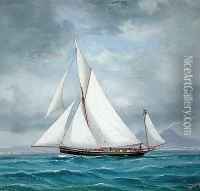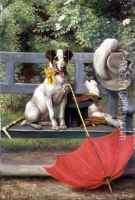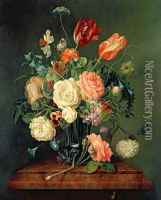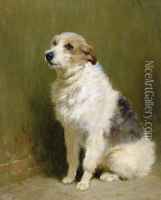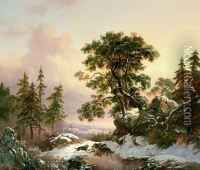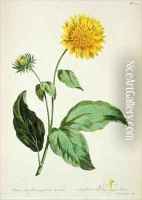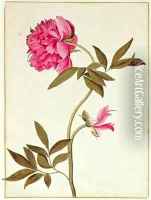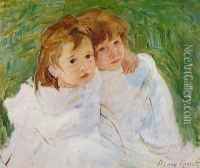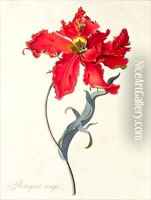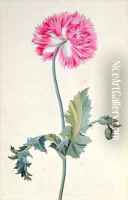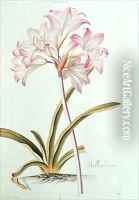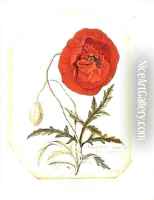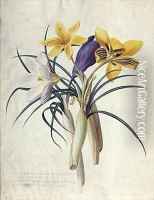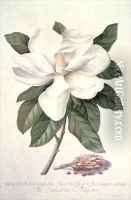Neo-Classical Paintings
The second half of the eighteenth century in Europe saw the increasing influence of classical antiquity on artistic style and the development of taste. The achievements of the Renaissance from the period of Raphael (1483-1520) to that of Nicolas Poussin (1594-1665) and Claude Lorrain (1604/5 -1682) served as a conduit for a renewed interest in harmony, simplicity, and proportion, an interest that gained momentum as the new science of archaeology brought forth spectacular remnants of a buried world of great beauty. Giovanni Paolo Panini's Ancient Rome (1757; 52.63.1) is representative of the movement, a tour-de-force painting encompassing many of the monuments in and around Rome, including the Pantheon, the Colosseum, Trajan's Column, the Medici Vase, the Farnese Hercules, and the Laoco n. In the midst of a grand gallery, students copy the great works of antiquity. The Neoclassical style arose from such first-hand observation and reproduction of antique works and came to dominate European architecture, painting, sculpture, and decorative arts.
